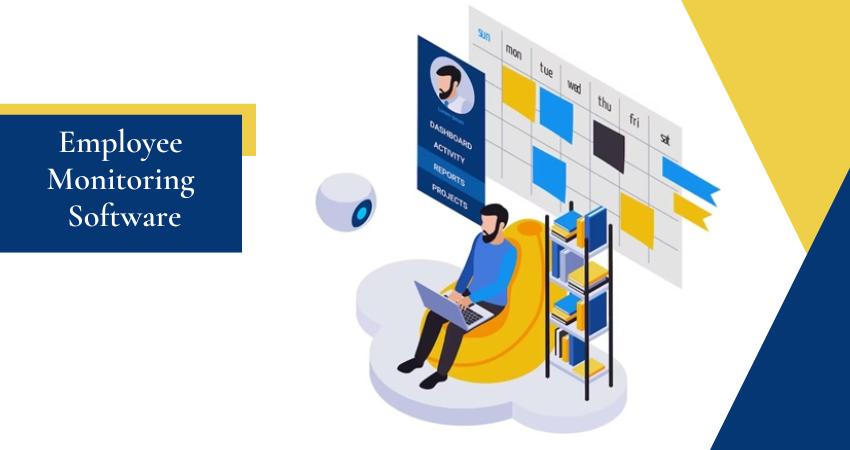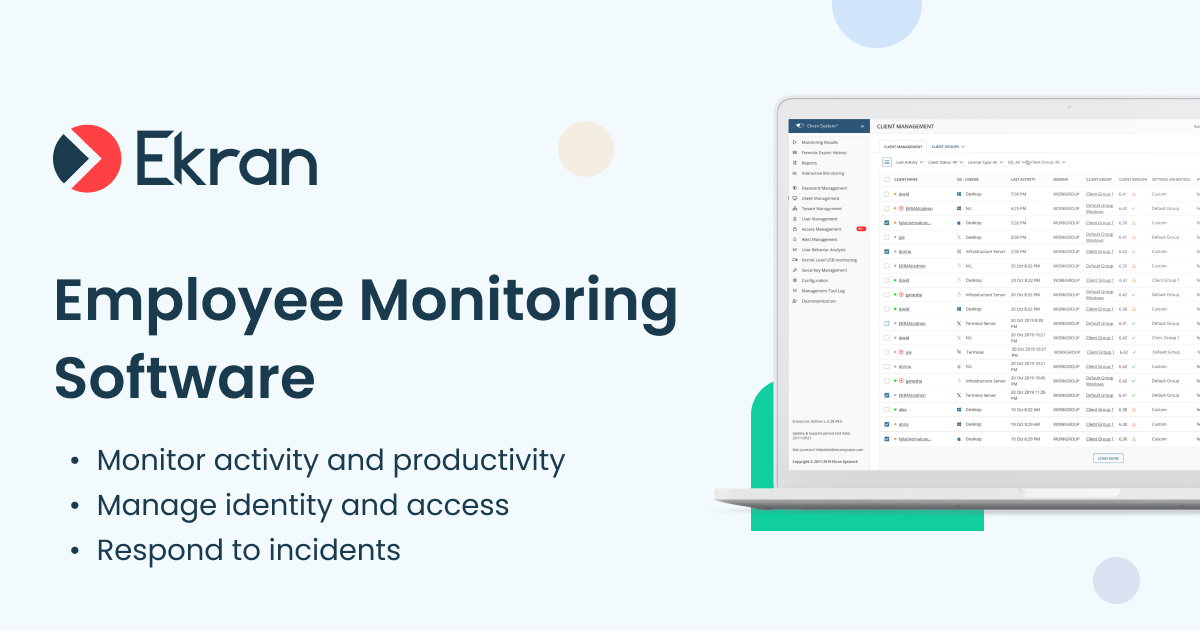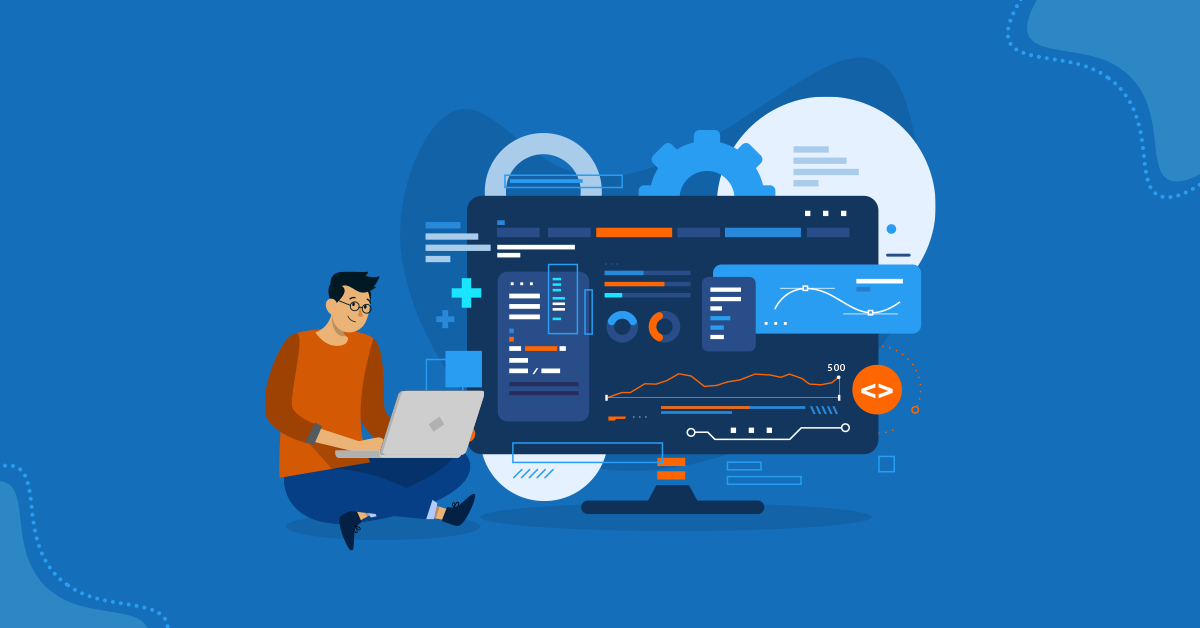New Reasons On Selecting Employee Monitoring Software
What Is Employee Tracking Software And How Do I Select It?It's a type of software that enables organizations to track, monitor and track the activities of their employees. Employers can gather data about employee behaviour, including keyboard strokes, internet use and applications, screenshots and much more. Software designed to monitor employee behavior is primarily used to boost productivity, check the compliance of corporate policies, protect sensitive information, and deal with security concerns. When choosing a software for monitoring employees, you should consider several factors. Here are some key points to consider: Features- Determine the specific features you need, based on your organization's requirements. Common features include website blocking keys, keystroke logs, applications use tracking, and monitoring of emails. Prioritize the features that align with your monitoring goals.
Security and Compliance: Ensure that the software adheres to all ethical and legal guidelines regarding employee monitoring. You must be familiar with the applicable laws within your area of. For example, data protection laws and privacy laws. Look for software that is clear and customizable features that ensure the privacy rights of employees.
User-Friendliness: Consider the software's user-friendliness and accessibility. Easy setup and a user-friendly interface will simplify the implementation and help you save time. Look for customizable dashboards and reporting tools which allow you to quickly navigate and analyze the information you've collected.
Integration and compatibility - Make sure your application can seamlessly integrate with the IT infrastructure that you are using and any systems you are using, such as email clients collaborative platforms, project management tools and operating systems. It allows for seamless monitoring of your systems, without disrupting normal processes.
Data Security: Review the software’s security measures for protecting the information collected. Security protocols, encryption, secure data storage, and access control are crucial. Verify the software's security practices.
Scalability: Think about how the software will scale to meet the requirements of your growing organization. If you're looking to expand your team or add new locations, you should choose a software that can be easily adjusted to meet the needs of your business.
Analytics and Reporting - Examine the capabilities to report on the software. Find features that provide comprehensive insights on the productivity of employees and their time allocation. Customized analytics and reports will help you identify improvement areas and help you make better decisions.
Customer Support: Assess the quality of support for customers. Examine their availability and technical support. If you've got a reliable customer service department They will be able to provide prompt assistance whenever problems arise.
Cost – Consider the pricing structures of the program. Know the pricing structure, including the additional charges for support, upgrades, or other features. It is important to balance your budget and the value of features with what you can afford.
Transparency and communication between employees Transparency and Communication between employees - Establish transparent communication with your employees about the use and implementation of monitoring software. Explain the scope and purpose of monitoring in a clear manner. Be sure to address any concerns, and ensure they understand that their privacy will be protected.
These elements will help you make an informed decision about the employee monitoring software you choose. Check out the most popular time tracking monitoring software for more advice.

What Are The Various Aspects Of Employee Monitoring Software?
Employee monitoring software offers a range of tools to monitor and analyse employee actions. Certain features are shared by all monitoring software for employees. It provides a thorough description of the activities employees engage in while at work.
Keystroke Recording- Keystroke recorders record every keystroke that is pressed by a worker. It is a way to identify productivity bottlenecks as well as detect unauthorized actions and gather evidence to support investigations.
Screenshots & Screen Recordings- Some programs take screenshots or record the screens of employees at regular intervals. This feature is used to measure the efficiency of employees, verify compliance, or troubleshoot problems.
Internet Usage Tracking- This feature tracks employees' online activities, which include visited websites, search queries as well as downloads. This feature helps to identify excessive non-work-related browsing, which could pose security risks, and violation of policies.
Application Usage Tracking - This feature tracks which applications employees use during working hours. It provides insights into which applications are most often used, and can help detect any excessive or inappropriate use of the application.
Email Monitoring - Email monitoring allows employers the ability to check employee email messages, including those messages that are received and sent attachments, emails and other content. It helps ensure compliance with corporate policies, prevents data leaks, investigates suspicious activity, and assists ensure that employees are in compliance.
File and Document Tracking This feature monitors file changes and access. It safeguards sensitive data tracks document collaboration, and ensures compliance with the data security guidelines.
Remote Monitoring: Employers are able monitor their employees remotely or if they're in different places. Employers can track their activities and guarantee productivity irrespective of their location.
Productivity Analysis Software for monitoring employees has features for productivity analysis that give insights into employee patterns of work, time allocation, and productivity levels. These analyses allow for the recognition of areas that could be improved, and also help to optimize workflow.
Reporting Analytics, Visualizations and Reporting The comprehensive analytical and reporting tools create precise reports and graphs based on the collected information. These reports provide valuable insights into employee productivity as well as time management and the allocation of resources.
Compliance and Policy Management- Some software solutions provide features that ensure compliance with regulations of the industry and company policies. Employers can define and enforce policies pertaining to acceptable use of computers as well as internet access and data security.
Alerts and Notifications Alerts notify managers and employers of certain events. For instance, they could alert about excessive Internet usage and attempts to access restricted websites, or other suspicious behaviour.
It's crucial to remember that the availability and functionality of these features can differ among different software for monitoring employees. When selecting software, think about the features that are compatible with your goals for monitoring and are in line with ethical and legal guidelines in your region. Have a look at the top employee monitoring software for website tips.

How Can Employee Surveillance Software Conform To The Compliance And Privacy Laws?
Monitoring software for employees must adhere to laws regarding privacy and compliance. While the specific legal requirements will differ by state, here are some common ways in which employee monitoring software is in compliance with the privacy and compliance laws: Consent and Notification- Many jurisdictions require that employees provide their informed consent, and get prior notification of any monitoring activity. Employee monitoring software usually includes tools that allow employers to clearly communicate their monitoring policy to employees. It could be necessary to issue written notices or get consent through consent forms. Also an employee manual that provides guidelines for monitoring may be incorporated into the system.
Transparent Monitoring Polices - Employee monitoring tools help promote transparency. They ensure that employees know what kinds of data are being gathered and why, as being aware of the extent of monitoring. Employees are able to better know their rights to privacy and the limits of monitoring when policies are clear and comprehensive.
Data Minimization: To guarantee that employee monitoring programs are in compliance with privacy regulations The majority of them adhere to data minimization. This means only required data is stored and analyzed. Data that is irrelevant or overly large are discarded. By restricting data collection to that which is essential for monitoring purposes The software minimizes the risk of privacy and increases compliance.
Anonymization and Aggregation Some employee monitoring software anonymizes and aggregates data for further protection of privacy of employees. Anonymization removes all personally identifiable data (PII) and is unable to link data with an individual. Aggregation utilizes data from a variety of employees to provide insight for a larger population without identifying anyone.
Secure Data Storage and Encryption - Software for monitoring employees puts a premium in the protection of data that is collected. It typically employs secure data storage practices and encryption techniques to safeguard the data from unauthorised access, breaches or accidental disclosure. This also includes safeguarding data on the move and at the rest of its life.
Access Controls and Restricted Permissions Monitoring software for employees provides access controls with granularity to guarantee compliance. This allows employers the ability to limit access to monitoring data to employees with legitimate reasons for example HR personnel or administrators designated by the company.
Rights and Remedies for Employees Rights and Remedies- Adherence to compliance and privacy laws requires respect for the rights of employees. Employee monitoring software often includes options that allow employees to access their personal monitoring data, request corrections, or make complaints. Employees have the ability to exercise their rights in the event of privacy violations and file complaints.
Compliance with Data Protection Regulations – Software for monitoring employees is designed to be compliant with the applicable regulations. For example the General Data Protection Regulations of the European Union and the California Consumer Privacy Acts of the United States. Compliance means implementing security measures to protect data and respecting the rights of data subjects and ensuring the legality of processing.
Alongside employing employee monitoring tools, organizations should consult experts in the field of law and remain up to date regarding the latest laws and regulations in their jurisdiction. In order to comply with privacy and compliance laws requires a holistic strategy that goes beyond the software. This means clearly defined policies, employee education and ongoing monitoring of compliance. Follow the most popular time tracking monitoring software for blog tips.
